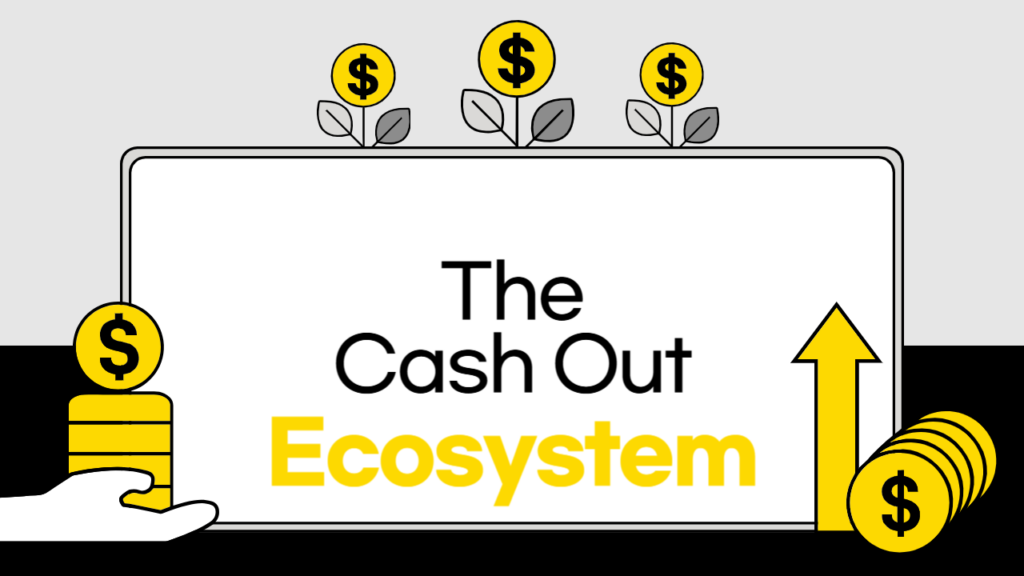Bitcoin(BTC)$90,990.00-2.58%
Ethereum(ETH)$3,142.76-4.15%
Tether(USDT)$1.00-0.05%
XRP(XRP)$2.16-5.85%
BNB(BNB)$895.20-2.25%
Solana(SOL)$136.02-3.00%
USDC(USDC)$1.00-0.01%
TRON(TRX)$0.2976301.40%
 Lido Staked Ether(STETH)$3,144.25-4.15%
Lido Staked Ether(STETH)$3,144.25-4.15%Dogecoin(DOGE)$0.145716-2.87%
Scammers Brokers and Victims: The Cash-Out Ecosystem For Cashing out Unpaid Debts Route

Cashing out Unpaid Debts Route in the digital economy has its dark alleys and hidden marketplaces, and the cashing out unpaid debts route is one of its most lucrative yet damaging backchannels.
It’s not just a technical term for financial fraud; it’s a sophisticated, underground ecosystem where stolen identities, compromised accounts, and fabricated debt are packaged, sold, and liquidated for real-world cash.
This intricate network involves a cast of characters from shadowy scammers to sophisticated brokers and, ultimately, unsuspecting victims all playing a role in a high-stakes game that costs individuals and financial institutions billions annually. Understanding this route is the first step toward dismantling it.
The Shadowy Supply Chain of Stolen Value
At its core, this illicit ecosystem operates like a twisted version of a legitimate supply chain.
Instead of physical goods, its currency is compromised data and fraudulent access.
The process is facilitated by three key players, each with a distinct and vital role.
- The Originators (Scammers & Hackers): These are the individuals or groups at the top of the food chain. They are the “manufacturers” of the raw material.
Through phishing campaigns, malware, data breaches, and social engineering, they harvest sensitive information:
bank logins, credit card numbers, social security numbers, and personal identifiers. In more advanced schemes, they create “synthetic identities.”
combining real information (like a valid social security number) with fabricated details to build a new, fraudulent persona that can pass initial verification checks. - The Brokers (The Middlemen): The originators rarely cash out the data themselves. Instead, they sell it in bulk on dark web forums and encrypted messaging apps.
This is where brokers enter the picture. These individuals or organizations act as wholesalers and retailers.
They purchase large troves of stolen data, sort it by quality and type (e.g., bank accounts with high balances, credit cards with high limits),
and then sell it in smaller, more manageable packages to lower-level fraudsters. They often provide tutorials, tools, and support, creating a “fraud-as-a-service” model. - The End Users (The Cashing Crew): These are the foot soldiers who perform the final, riskiest step: turning the digital data into physical cash or goods.
They use the purchased credentials to execute the fraud, whether it’s through unauthorized wire transfers, online shopping sprees, or applying for instant loans.
Anatomy of the Digital Heist
So, how does the Cashing out unpaid debts route 미납 현금화 루트
actually work in practice? While methods vary, a common pathway follows a predictable, albeit destructive, sequence.
- Acquisition: A scammer successfully executes a phishing attack, tricking an individual into revealing their online banking username and password.
- Sale: The scammer doesn’t use the credentials. Instead, they sell them on a dark web marketplace for a fraction of the account’s balance, perhaps for $100 in cryptocurrency.
- Purchase & Planning: A fraudster on the other side of the world buys these credentials. They log in to the victim’s account, study their transaction history to avoid suspicion, and prepare for the cash-out.
- Execution & Liquidation: The fraudster initiates a series of small P2P (peer-to-peer) transfers to accounts controlled by “money mules” individuals who, wittingly or unwittingly, use their personal accounts to help launder the stolen funds.
This is where many are Caught in Card Cashing schemes, recruited through fake job offers to receive and forward money, unaware they are committing a crime.
The funds are then quickly withdrawn from an ATM or used to purchase gift cards or untraceable luxury goods, completing the monetization process.
Fortifying the Gates: A Q&A for the Front Lines

The battle against this fraud ecosystem must be fought on two fronts: by the consumers whose data is at risk and the financial institutions that are the ultimate targets.
For Consumers & Everyday Users
Q: How can I identify a potential scam designed to steal my financial information?
A: Be vigilant for the classic red flags. These include unsolicited emails or texts asking for personal information,
messages creating a false sense of urgency (e.g., “Your account has been compromised; click here to verify!”),
poor grammar and spelling in official-looking communications, and links that lead to unfamiliar website URLs. Never provide your password or two-factor authentication (2FA) codes to anyone.
Q: I think I’m a victim. What are the first three things I should do?
A:
- Contact Your Financial Institution Immediately: Report the suspicious activity so they can freeze your accounts and begin an investigation.
The sooner they know, the better their chance of recovering the funds. - Report the Crime: File a report with your local police and the relevant national agency (like the FBI’s Internet Crime Complaint Center (IC3) in the U.S.).
This creates an official record crucial for disputes. - Check Your Credit: Place a fraud alert or credit freeze with the major credit bureaus (Equifax, Experian, TransUnion). This will make it harder for fraudsters to open new accounts in your name.
For the Financial Sector
Q: What is the primary vulnerability that fraudsters exploit in the Cashing out unpaid debts route?
A: The biggest vulnerability is often an over-reliance on static identity data for verification. Information like Social Security numbers, dates of birth, and addresses are widely available on the dark web. Institutions that fail to supplement this with robust behavioral biometrics, device intelligence, and multi-factor authentication (MFA) create an easy entry point for fraudsters using stolen or synthetic identities.
Q: How can advanced technology like AI and machine learning help disrupt these schemes?
A: AI is a game-changer. Machine learning models can analyze millions of data points in real-time to detect anomalies that a human analyst would miss.
For example, AI can flag a login from an unusual location or device, identify transaction patterns indicative of money muling, or spot the subtle hallmarks of a synthetic
identity during the account opening process.
This allows institutions to move from a reactive to a proactive fraud prevention posture, stopping the Cashing out unpaid debts route before a loss occurs.
Beyond the Transaction: The Ripple Effect
The impact of this illicit economy extends far beyond a single fraudulent transaction.
For individuals, it means financial loss, damaged credit, and profound emotional distress.
For financial institutions, it translates to direct financial hits, increased compliance costs, and erosion of customer trust.
Dismantling the Cashing out unpaid debts route requires a united front where educated consumers practice digital hygiene and financial institutions invest in intelligent,
adaptive security systems.
Only through this collaboration can we hope to close these dark alleys of the digital world for good.